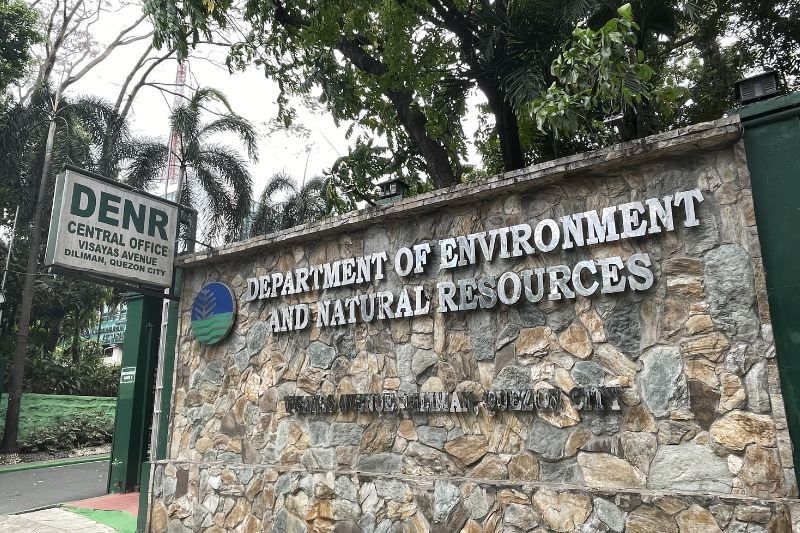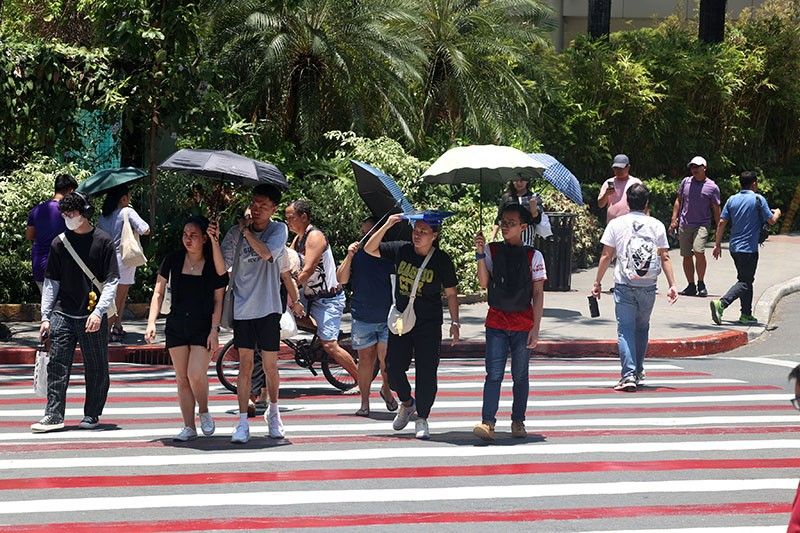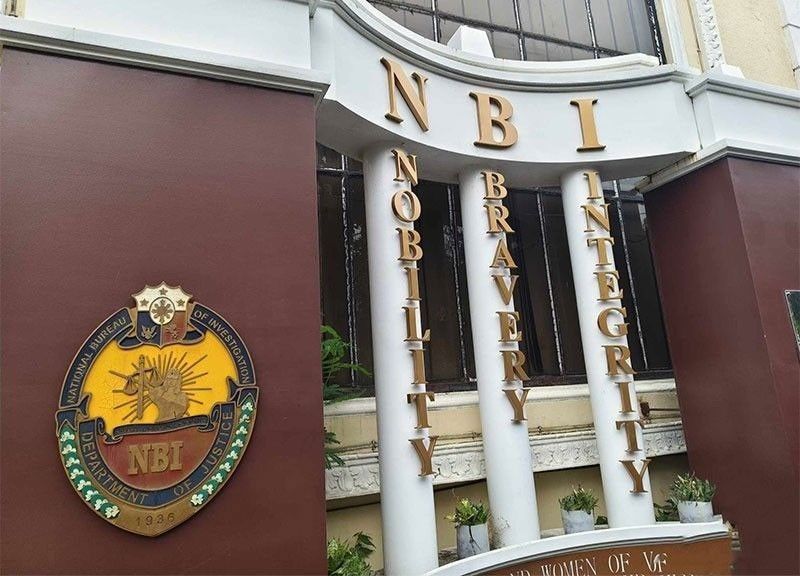
First came the rain. Then the oil spill.
Already have Rappler+?
to listen to groundbreaking journalism.
This is AI generated summarization, which may have errors. For context, always refer to the full article.

TROUBLED WATERS. Fisherfolk in Brgy. Amaya 5 in Tanza, Cavite, sail out amid the Bataan oil spill incident, on July 31, 2024.
Rappler
A double whammy of disasters – the enhanced southwest monsoon and the oil spill– makes life harder for coastal communities in Bataan and Cavite
MANILA, Philippines – On Monday morning, July 29, the water turned black.
The waves were huge that morning, said Cheryl Merquita, 33, and they carried a deluge of trash stained with oil. That Monday afternoon, everybody lent a hand in cleaning up the oil. The women wore pink gloves.
The residents of Barangay Amaya 5 in Tanza, Cavite were then still reeling from the effects of the southwest monsoon or habagat, intensified by Typhoon Carina, that dumped heavy rain a day before MT Terranova sank in Bataan.
As a result, some of the houses along the shore had their walls torn off, giving onlookers a cursory glance at the scant furniture inside. The heavy downpour brought down two utility poles. People had to go by without electricity for two days.
Twenty-six houses were washed out in the aftermath of the habagat, said Merquita. As the barangay secretary, she also helped people evacuate when the rain came.
Some food and rice packs were distributed after the first disaster. After the oil spill














